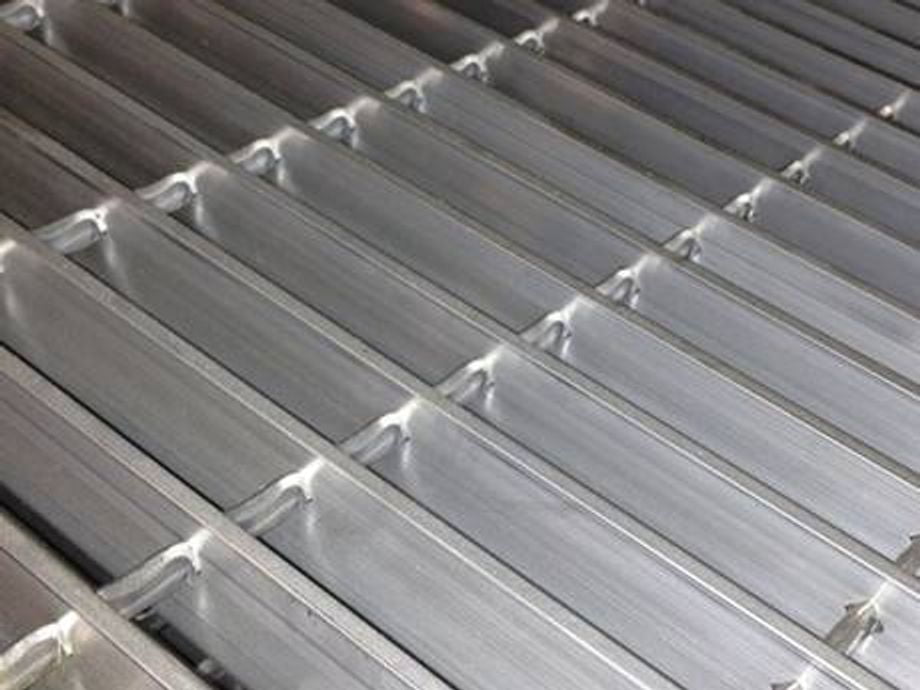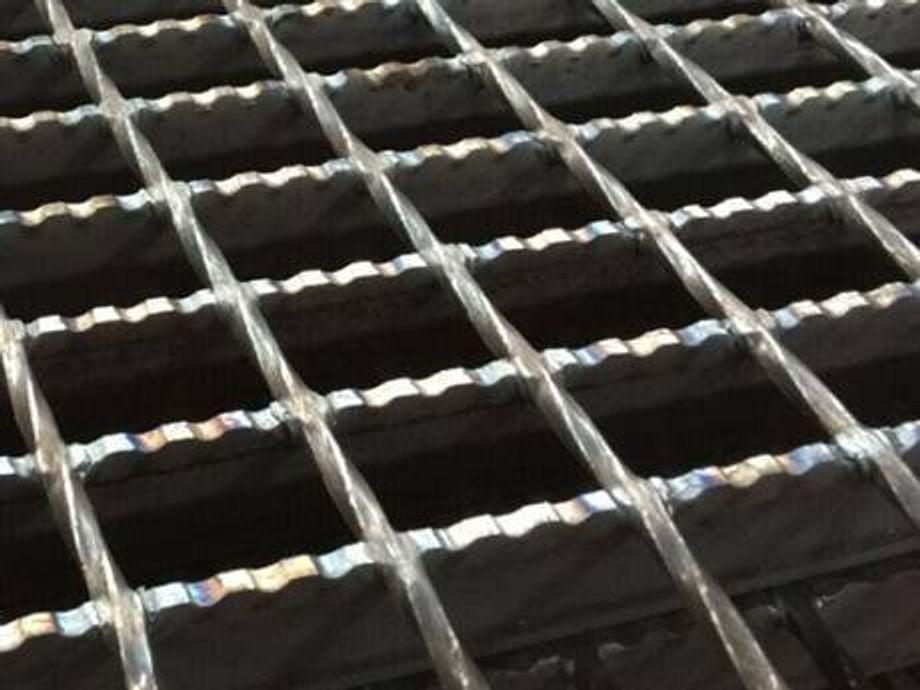Download Catalog
Get KindHold catalog, load table, and other data.

Here comes the selection guide—Steel gratings play a vital role in various industrial settings, providing durability, strength, and corrosion resistance. From factory platforms to stair treads, trench covers, and more, selecting the right steel gratings is crucial. Our extensive range includes stainless steel, galvanized, pressure-locked, and heavy steel gratings. To guide your selection process, we offer valuable tips and insights to help you make the correct choice based on your unique requirements. Ensure personnel safety and optimize your industrial operations with the perfect steel gratings.
Press-locked grating offers a unique approach to steel grating installation, utilizing pressure to secure the pre-open flat steel cross bars to the bearing bars. This technique results in a stable connection and an appealing visual aesthetic. The flat steel cross bars enhance the overall strength and durability of the grating. Its versatility makes it suitable for various industrial applications, including stair treads, trench covers, floors, platforms, and fences in factories, civil and commercial buildings. Explore the benefits of press-locked grating and elevate the functionality and appearance of your industrial space.
When it comes to steel gratings, understanding the production methods is essential. Welded steel grating is created through pressure resistance welding, ensuring a durable and robust structure. It utilizes square or twisted steel for the cross bars, delivering exceptional strength and remarkable carrying capacity. Walkways, stair treads, fences, and floors are just a few examples of its versatile applications. Discover how welded steel grating can enhance safety and efficiency in your industrial environment.
The material selection process plays a vital role in determining the performance and longevity of your steel grating. Factors such as the intended use, load-bearing requirements, and environmental conditions should be considered. In this guide, we provide a brief overview of different materials available for steel gratings, including stainless steel, galvanized steel, and aluminum. Discover their unique characteristics, advantages, and suitable applications to help you make an informed decision. By selecting the right material, you can ensure optimal strength, durability, and functionality for grating walkways, shelves, and areas requiring vehicular access. Maximize the performance of your steel grating with the correct material choice.
The mesh size of welded steel gratings significantly influences their load capacity, light transmission, and visual appearance. When choosing the mesh size, several factors come into play, including the expected load, specific application, and customer preferences. A smaller mesh offers higher load capacity, making it suitable for heavy-duty applications. Conversely, a larger mesh facilitates better light penetration, enhancing visibility and reducing shadows. It also prevents small objects from falling through the grating. Furthermore, the shape and size of the mesh impact the overall aesthetics and optical perception of the grating.
By considering the load requirements, desired light transmission, and customer preferences, you can determine the ideal mesh size for your welded steel grating. Whether it’s for industrial platforms, walkways, or architectural purposes, selecting the right mesh size ensures optimal performance and visual appeal. Make an informed decision and enhance the functionality and aesthetics of your welded steel grating.
When it comes to steel gratings, ensuring a safe and secure walking surface is paramount. To enhance traction and minimize the risk of slips and falls, there are two primary surface options: smooth and serrated.
For optimal anti-slip performance, serrated surfaces are commonly employed. By incorporating serrations or small teeth on the grating surface, the contact area between footwear and the grating is increased, improving grip and stability. This textured surface helps to channel away water, oil, and other liquids, reducing the potential for accidents in wet or oily environments.
The serrated surface design significantly enhances the slip resistance of steel gratings, making them suitable for a wide range of applications where safety is a top concern. Whether it’s industrial platforms, stair treads, walkways, or areas with high foot traffic, the anti-slip performance of serrated gratings provides peace of mind and reduces the risk of accidents.
When selecting steel gratings, carefully consider the application environment, anticipated foot traffic, and the presence of potential hazards such as liquids or slippery substances. Opting for serrated surfaces ensures enhanced traction and maximizes safety for workers, visitors, and employees in various industrial and commercial settings.
Prioritize safety by choosing steel gratings with serrated surfaces, providing reliable anti-slip performance and contributing to a secure working environment. Invest in quality grating solutions that promote safety and minimize the risk of slips and falls, thereby safeguarding productivity and well-being.


When it comes to steel gratings, ensuring the appropriate carrying capacity is crucial for maintaining structural integrity and safety. The carrying capacity of steel gratings is influenced by the pitch size, with smaller pitches typically offering higher load-bearing capabilities.
To determine the optimal carrying capacity for your project, consider the specific requirements and intended usage. Are you planning to install the grating in an area with heavy foot traffic, equipment movement, or vehicular access? Assessing these factors will help you select the most suitable carrying capacity.
Steel gratings with small pitches provide exceptional strength and resilience, making them ideal for applications where heavy loads or frequent movement are anticipated. These gratings are designed to distribute weight evenly, ensuring stability and preventing deformations or failures.
On the other hand, steel gratings with larger pitches are better suited for lighter loads or areas with minimal foot traffic. While they may have a smaller carrying capacity, they offer increased drainage and airflow, making them suitable for environments where liquid or debris removal is crucial.
It is imperative to consult industry standards and guidelines, along with the input of structural engineers or experts, to ensure the chosen carrying capacity aligns with safety requirements. By selecting the appropriate carrying capacity, you can optimize the performance and longevity of your steel grating system, minimizing the risk of structural issues or accidents.
Consider your project’s specific load requirements, foot traffic intensity, and potential environmental factors when determining the carrying capacity of your steel gratings. Prioritize safety and reliability by making informed decisions, ultimately resulting in a robust and resilient grating solution that meets your project’s unique demands.
Choose steel gratings with the appropriate carrying capacity to ensure a durable, safe, and efficient infrastructure. By understanding the relationship between pitch size and load-bearing capabilities, you can confidently select the ideal steel grating solution for your application, promoting long-term performance and peace of mind.
Get KindHold catalog, load table, and other data.
